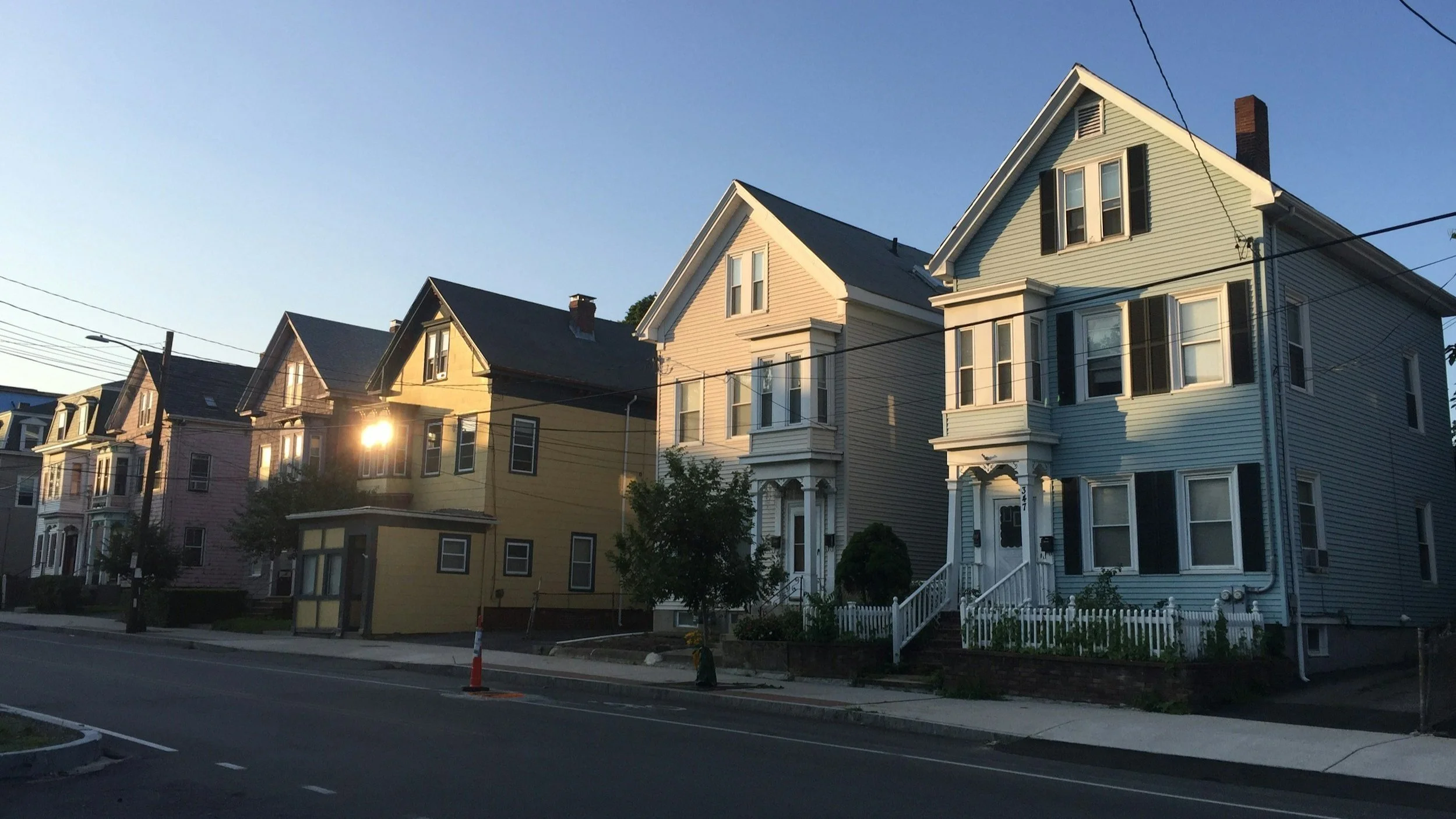Limiting Institutional Ownership Won’t Fix the Housing Crisis
America’s housing affordability crisis is real, and the consequences are apparent in nearly every zip code. First-time buyers are priced out of the market, renters face rising costs, and families struggle to find homes near good schools and stable jobs.
Amid these challenges, NIMBYs and certain policymakers have latched onto a compelling scapegoat: institutional buyers of single-family homes. The narrative goes like this: Wall Street-backed companies are buying up houses, driving up prices, and locking families out of the American Dream. The proposed solution? Ban or cap the number of homes these companies can own.
However, evidence shows this is the wrong target. Activists have trained their sights on an issue that is wildly overstated and misunderstood, and that approach will ultimately do more harm than good.
A Small Share, Big Misperceptions
Institutional homebuyers make headlines, but they represent only a small fraction of the housing market. According to the housing market research firm John Burns Research & Consulting, only 0.4 percent of single-family homes in the United States are owned by institutional buyers with over 1,000 homes in their portfolio. Nationwide, mom-and-pop landlords – those owning one or just a handful of properties – account for the vast majority of single-family rentals.
Policy can’t just be feel-good messaging; it has to deliver actual results for working Americans. Restricting institutional ownership may seem like a bold step, but instead, it just lets legislators off the difficult responsibility of actually addressing the housing crisis. These proposals target an insignificant slice of the market while ignoring deeper structural issues like NIMBYism, restrictive zoning, lengthy permitting processes, and underinvestment in infrastructure.
The Role of Professional Housing Providers
Institutional housing providers aren’t perfect. Like any landlord, they should be held to fair standards for transparency, maintenance, and tenant protections. But it’s a mistake to assume their presence in the housing market is inherently harmful. In reality, these firms play an important role in building new homes and expanding access to well-resourced neighborhoods – especially for families who can’t yet afford a down payment.
Single-family homes offer many benefits to renters that multi-family units sometimes lack. Research from the Urban Institute and Virginia Tech shows that institutional rental opportunities provide low- and middle-income families increased opportunity to live in single-family neighborhoods – places that often are in better school districts, safer areas, and offer more economic opportunity. Many institutional-owned homes also offer more generous credit-building programs, down payment assistance, and first-right-of-refusal agreements to renters who are ready to buy. And unlike smaller mom-and-pop landlords, they often provide 24/7 maintenance and standardized leases.
Scarcity, Not Ownership, Drives Prices Up
The biggest driver of housing unaffordability isn’t who owns the homes, rather, it’s how few homes we build. A 2025 study from economists Edward L. Glaeser & Joseph Gyourko estimated that the U.S. would have 15 million more homes today if it had continued building at pre-2000 rates. And according to the IZA Institute of Labor Economics, the U.S. housing shortage is estimated to be 20.1 million homes.
Efforts to restrict investment in housing—whether through ownership caps or bans—could actually reduce supply further. That is because if institutions are banned from the rental market, in many cases, they may just not build new housing altogether. And in particularly high-cost states and cities, large institutions are needed to build new housing because they are often the only ones with sufficient funds to do so. In fact, a study of an investor ban in Rotterdam found that such policies led to rental inflation, displacement of low-income renters, and replacement by higher-income homeowners. Housing availability shrank, and rents rose as a result.
A Better Way Forward
To address the housing affordability crisis, policymakers should focus on expanding supply, not restricting ownership. The most effective way to do that is through zoning reform. Across much of the country, exclusionary zoning laws still prohibit duplexes, townhomes, and multifamily housing on large swaths of residential land. Updating these rules to allow more diverse housing types – particularly near jobs and transit – would unlock thousands of new units and lower costs over time. Legislation such as Rep. Scott Peters’ (D-CA) Build More Housing Near Transit Act seeks to make progress on this issue.
Permitting reform is equally critical. In many jurisdictions, lengthy and unpredictable approval processes encourage NIMBYism, deter builders, and drive up prices. Streamlining these systems, setting clear timelines, and reducing bureaucratic red tape would help projects get off the ground faster and more affordably.
Infrastructure investment also plays a key role. Building out transportation, utilities, and public services makes it easier to develop in high-demand areas.
For families aiming to buy, targeted support, like down payment assistance and credit access programs, can expand opportunity without reducing rental options for others.
Conclusion
In the push to solve America’s housing crisis, we can’t afford to get distracted by convenient narratives. Lawmakers have to be held accountable for passing real solutions to this crisis. Institutional homebuyers are not the underlying cause of unaffordability and banning them won’t fix it. In fact, doing so may only make the crisis worse by reducing supply, raising costs, and stripping families of rental options in the neighborhoods they want to live in.
Let’s focus on solutions that expand opportunity, not restrict it.


